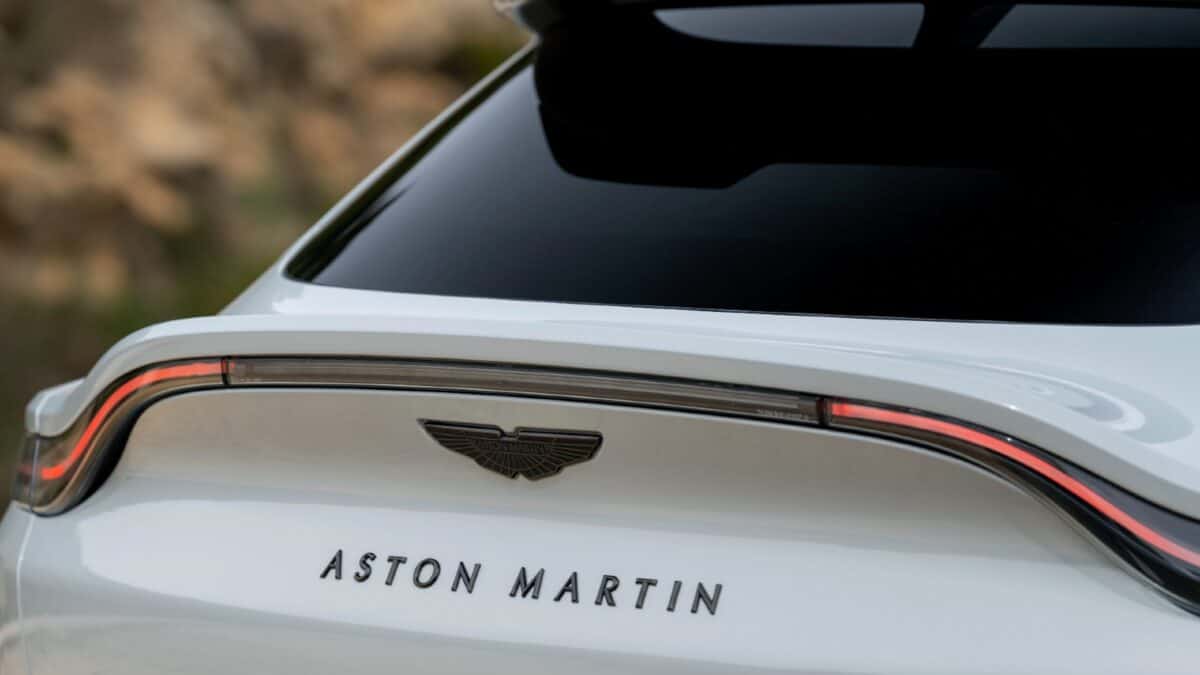The word ‘iconic’ gets thrown around too easily. But it’s probably not an exaggeration to apply it to FTSE 250 car manufacturer Aston Martin Lagonda (LSE:AML).
The shares are down 96% since it launched on the stock market in 2018 and its balance sheet looks like a total mess. But I think investors should be careful about dismissing the opportunity too quickly.
Really!?
It’s easy to be dismissive of Aston Martin as an investment proposition and the reasons for doing so look pretty convincing. For one thing, the company has a long history of bankruptcies.
The business has managed to survive going bankrupt seven times to date, making it look sort of like a corporate equivalent of a cat. But even if the firm does have nine lives, they’re starting to run out.
Furthermore, number eight might always be on the way. According to the company’s latest update, its net debt has increased from £868m to £1.04bn over the last 12 months.
Worse yet, it’s losing money fast – the business registered a free cash outflow of £190m during the first three months of 2024. That’s a lot for a firm with less than £230m in cash on its balance sheet.
Inflection
Aston Martin is running out of time and cash (though it has a shiny new revolving credit facility to fix that in the short term). But Executive Chairman Lawrence Stroll says things are about to change.
No fewer than four new models are set for launch between now and the end of the year. And this, according to Stroll, is going to get the business generating cash again:
“[Free cash flow] is expected to materially improve in 2024 compared with the prior year, achieving our targeted inflection point for positive FCF generation in H2’24, primarily driven by the timing of wholesale volumes.”
This should help with the massive debt pile the company has just been refinancing. From there, it expects revenues to reach £2.5bn – roughly twice the firm’s current market cap.
‘Iconic’
Car manufacturing is a difficult industry, as Aston Martin knows only too well from its history. But – here comes that word again – the company has a brand that is genuinely iconic.
The first thing that comes to mind is probably James Bond. But more generally than that, the brand is distinctively British and stands for exclusivity, style, and luxury.
If that sounds a bit intangible and abstract, it probably should. But investors shouldn’t underestimate this – it’s the reason there has been someone willing to take the business on after each bankruptcy.
It also means there will almost always be a market for Aston Martin’s cars. Demand isn’t the issue – it’s whether the latest management can build its cars and sell them before running out of cash.
Should I buy the stock?
Like a lot of investors, I think there’s probably too much risk in Aston Martin’s balance sheet to justify me buying the stock right now. But I’m not writing it off the way that others are.
If the company becomes cash-generative later in the year, I expect the share price to jump. Even if that happens, there could be a buying opportunity for me as the business grows.
This post was originally published on Motley Fool







